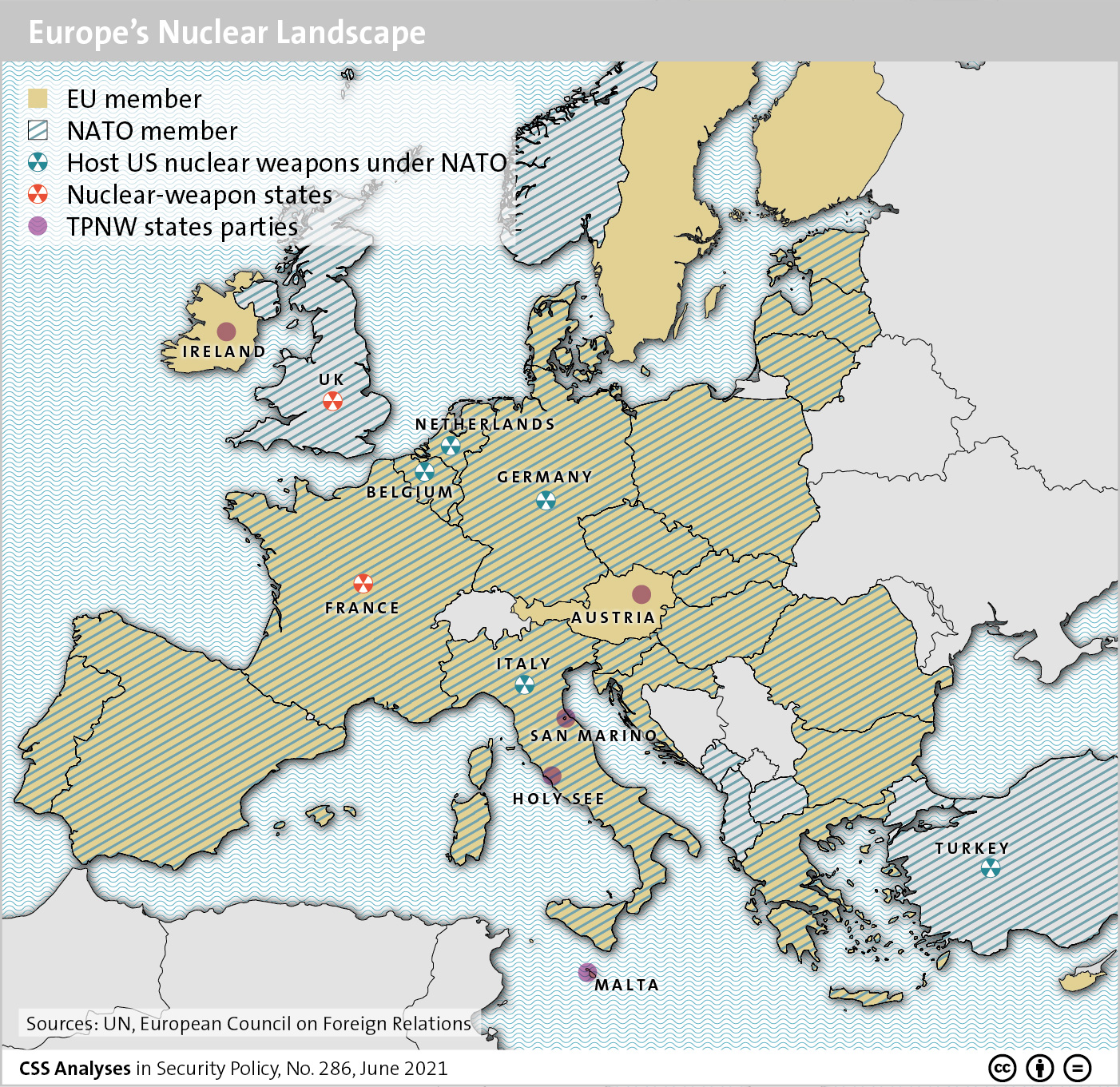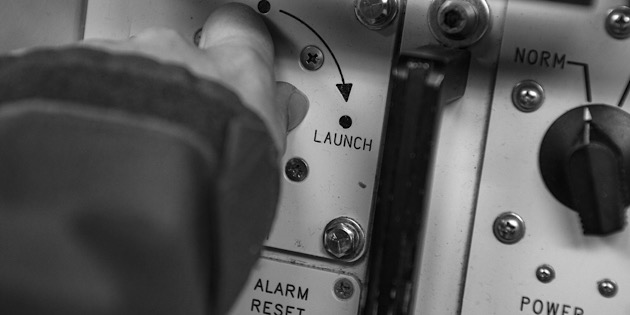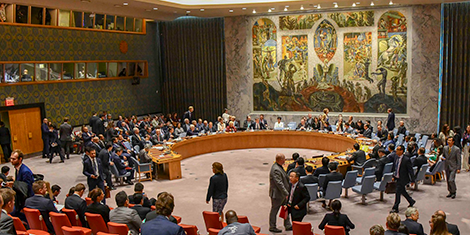
This week’s featured graphic maps Europe’s nuclear landscape. To find out more on Europe and the nuclear ban treaty, read Névine Schepers’ CSS Analyses in Security Policy here.

This week’s featured graphic maps Europe’s nuclear landscape. To find out more on Europe and the nuclear ban treaty, read Névine Schepers’ CSS Analyses in Security Policy here.
Ever since President Donald Trump withdrew the US from the nuclear agreement with Iran in 2018, the Joint Comprehensive Plan of Action (JCPOA) has been in crisis. Tehran has taken various steps that violate the JCPOA provisions, but it is keeping the door open for their full implementation. European governments have tried to circumvent related US sanctions against Iran, at least for humanitarian supplies. This should help Iran, especially with regards to the COVID-19 pandemic. But will it be possible to prevent Iran from acquiring nuclear weapons over the long term?
On 9 July 2020, Névine Schepers, Researcher in the Team Swiss and Euro-Atlantic Security at the CSS addressed this topic in a CSS Brown Bag Webinar entitled “Corona and the Future of the Iran Nuclear Deal.”

This article was originally published by the Australian Strategic Policy Institute (ASPI) on 20 February 2020.
This year marks the 50th anniversary of the entry into force of the Treaty on the Non-Proliferation of Nuclear Weapons (NPT). The treaty has three separate but inter-related objectives: preventing the spread of nuclear weapons and nuclear-weapon technologies to more countries; promoting cooperation in the peaceful uses of nuclear energy; and pressing the existing nuclear-weapon states to disarm.

This article was originally published in the ASPI’s The Strategist on 15 October 2019.
There are three sets of reasons for a palpable rise in nuclear anxieties around the world: growing nuclear arsenals and expanding roles for nuclear weapons, a crumbling arms-control architecture, and irresponsible statements from the leaders of some nuclear-armed states.
This graphic shows how the USSR compared to the US in terms of population, real GDP per capita (USD), defense spending (in billion USD) and nuclear weapons in the 1980s, as well as how the US compares to Russia in these key areas today. For an analysis of how different interpretations of the recent past still affect West-Russia relations and what is needed to rebuild trust, see Christian Nünlist’s chapter in Strategic Trends 2017 here. For more CSS charts and graphics, click here.